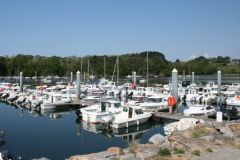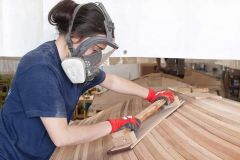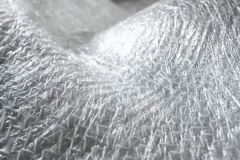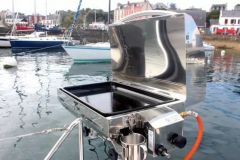The choice of linen biocomposites
A major player in the composite market, supplying glass, carbon and aramid fabrics and complex reinforcements to various industries, including the marine industry, Saertex has been working for several years on the emergence of biocomposites and natural fibers. At JEC World 2023, Saertex will launch its first fabrics made from flax fibers. Lionel Tourtour, the company's Area Sales Manager, explains: "We studied the different fibers on the market and chose linen for several reasons. It is the most available in quantity and constant quality to satisfy our customers, with a carbon impact at least 50% lower than that of glass reinforcements. Its mechanical characteristics are satisfactory and its density is almost 2 times lower than that of glass fibers. Moreover, it corresponds to a market demand in the boating industry and to legislative requirements for lowering emissions."
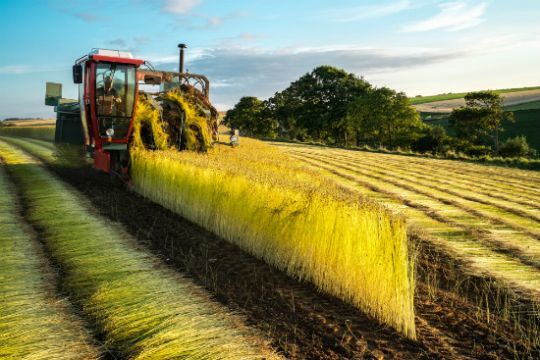
Meet the main needs of the nautical industry
For the launch of this new range, Saertex is marketing 3 products: one 800 g/m2 quadriaxial, and two 400 g/m2 bi-axial at +/- 45° and 0/90°. Lionel Tourtour explains: "These are the most common weights. They are perfect for non-structural parts of the boats like hoods, seats, bulkheads, doors or tables. In the future, we will be thinking about hybridization with glass for structural parts."
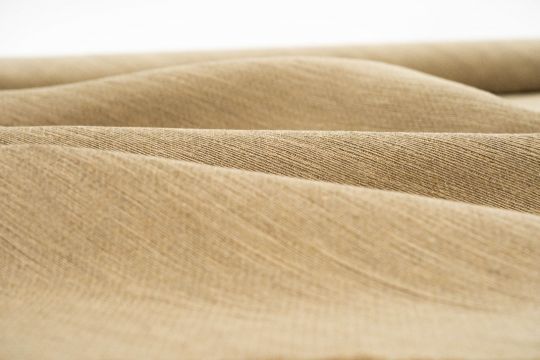
Linen fabrics adapted to nautical processes
The use of linen in the boating industry requires an adaptation of the design method. Builders and architects must rethink the design of structures in order to make the most of the natural fiber. With the same weight of impregnated fibers, the flax composite is twice as thick as its equivalent in glass. For the same thickness, it is also lighter and has a good visual finish.

Nevertheless, with its partner Terre de Lin, Saertex has worked on the compatibility of its fabrics with modern composite processes. SAERTEX reinforcements have been designed with a flax yarn to achieve optimal mechanical performance and comfort of use. Although infusion is slightly slower than for glass, it is possible with all the most common resins, thermosetting or thermoplastic.
With its new offer, Saertex accompanies the transition of the nautical industry towards natural fibers.




